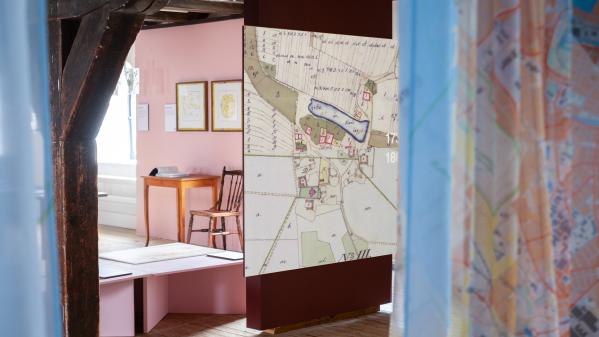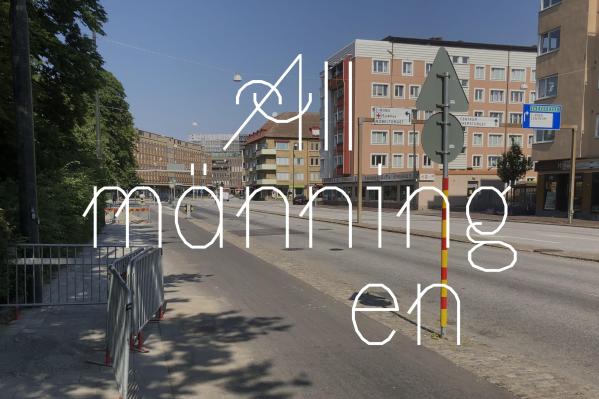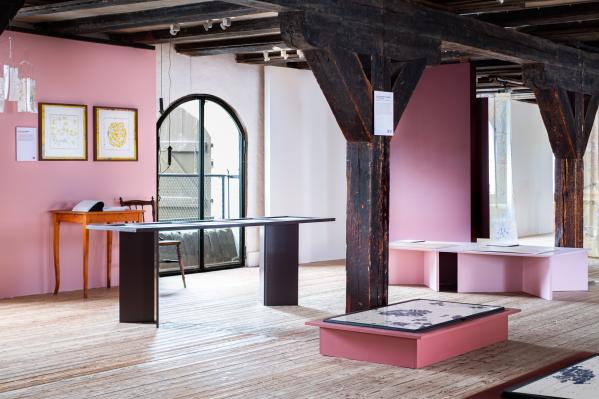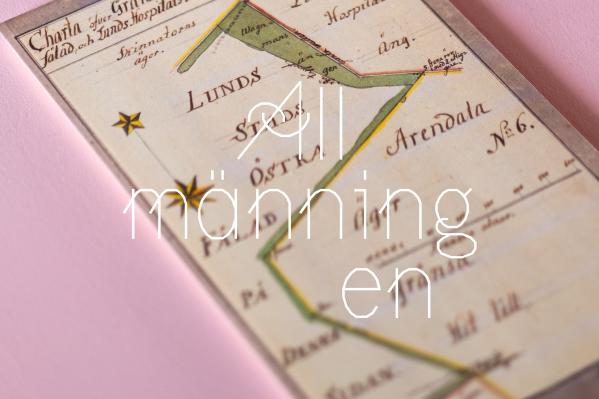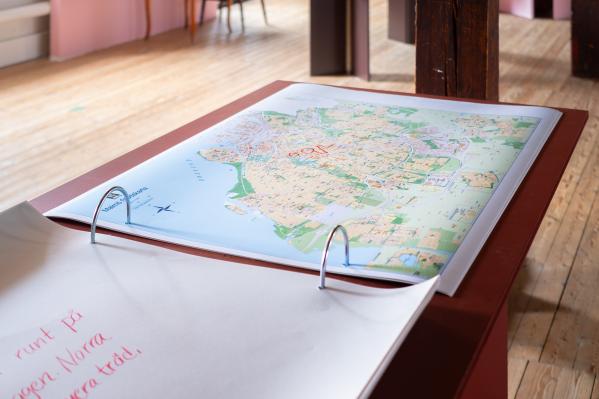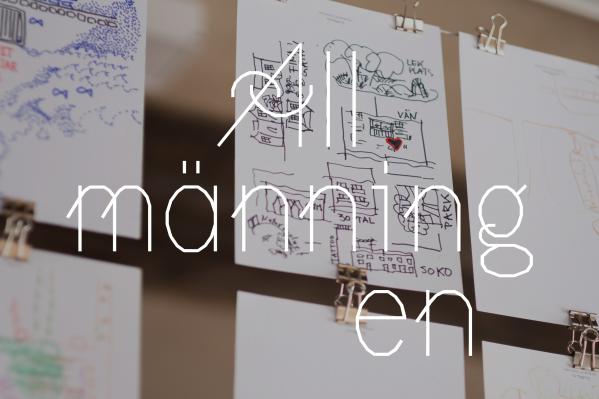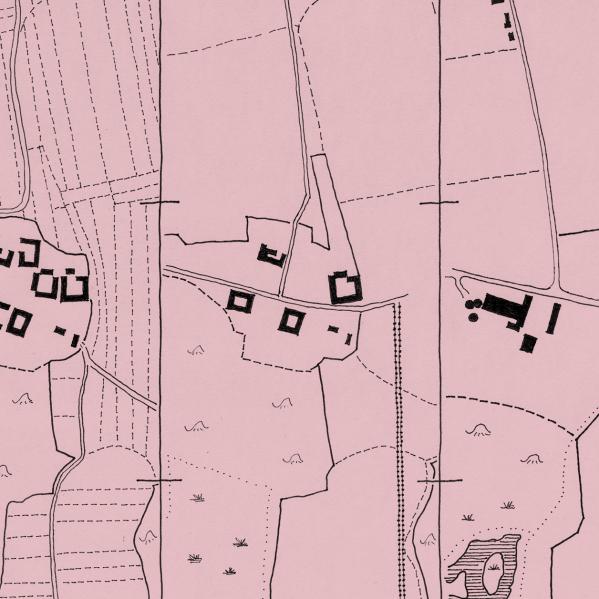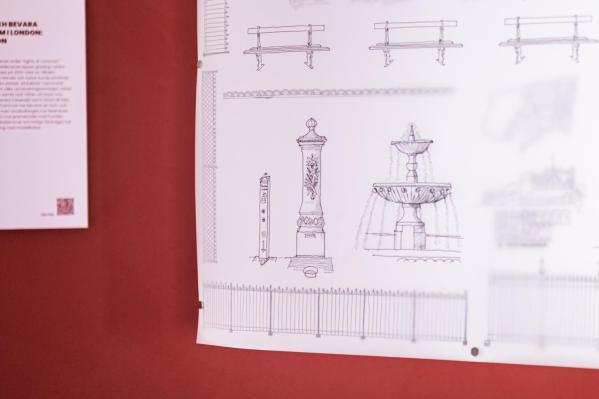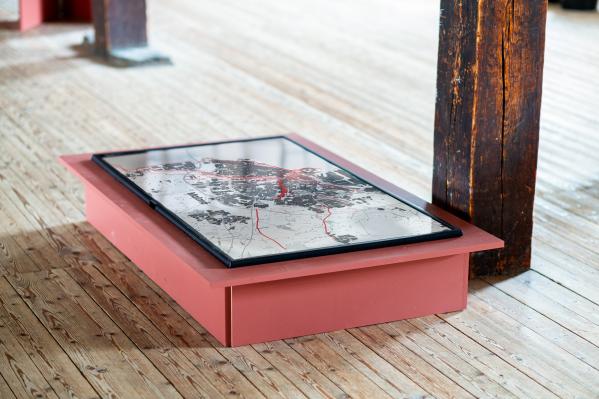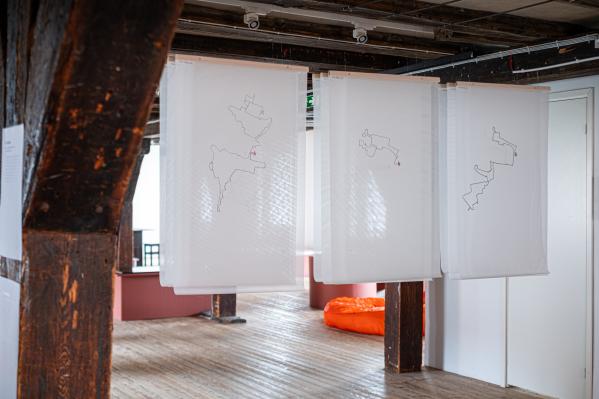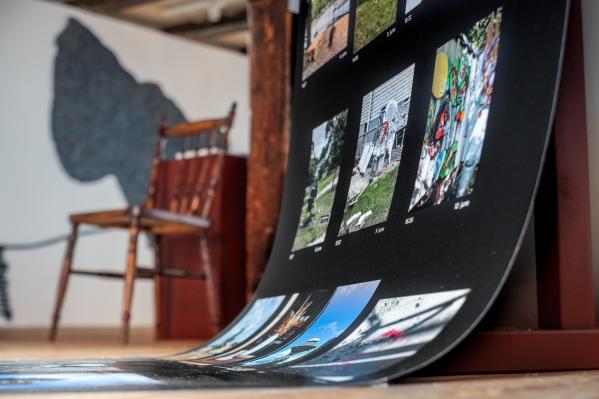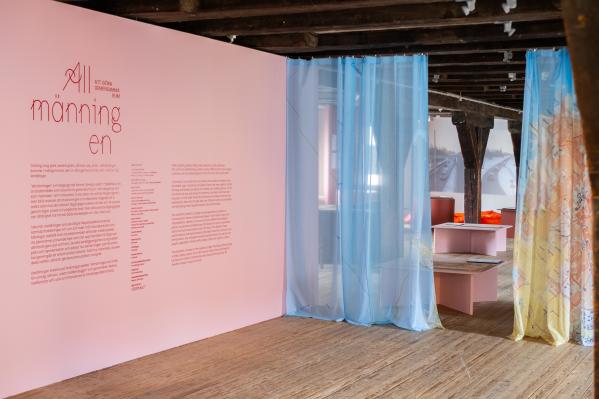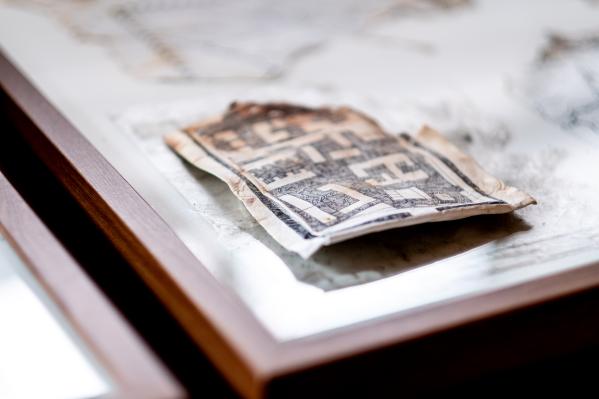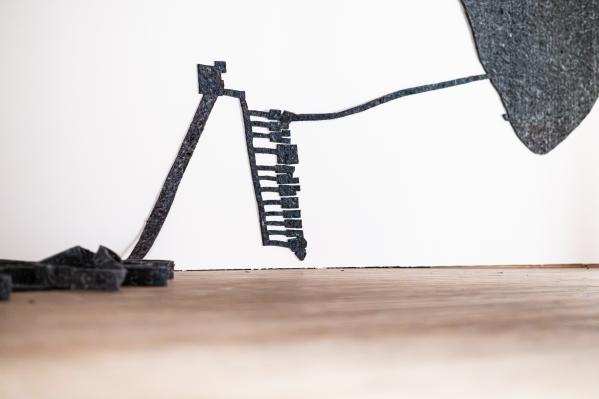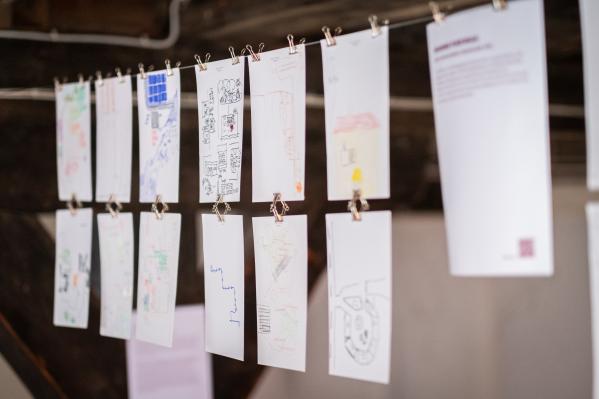In the exhibition, historical traces, planners and buried maps meet. Through various mapping practices that move between place and representation showing how the commons as a phenomenon has been transformed over time. It has undergone a number of different changes and, despite these shifts, people have always claimed places: greeneries, streets, parks, lanes, squares – in the countryside and urban areas, along rivers and waterways, via wetlands and cultural heritage sites, over hills and meadows. These are places of democracy, cultural exchange, trade and rest.
Here, the commons is presented as a concept, as physical place and cultural unit. From the intimate scale of the body to the valuation and regulation of land.
PARTICIPANTS
- Karin Grundström , Principal investigator, professor of architecture, Urban studies, Malmö University
- Mathilda Rosengren, Postdoctoral fellow, Urban studies, Malmö University
- Peter Parker, Lecturer in leadership and organization, Urban studies, Malmö University
- Anders Larsson, Lecturer in landscape planning, Swedish University of Agriculture/Alnarp
- Martin Grander, Assistant Lecturer in urban studies, Urban studies, Malmö University
- David Pinder, Professor in urban studies, Institute for People and Technology, Roskilde University
- Cecilia Wendt, artist
- Roberley Bell, artist
- Lize Mogel, artist
- Annelie Nilsson, artist
The exhibition is based on the research project "Revisiting Allmänningar & Stråk. Spatial Justice in the 21st Century Urban-Rural Land Regime", carried out in Malmö, Staffanstorp and Lund and financed by the Swedish research council Formas.
